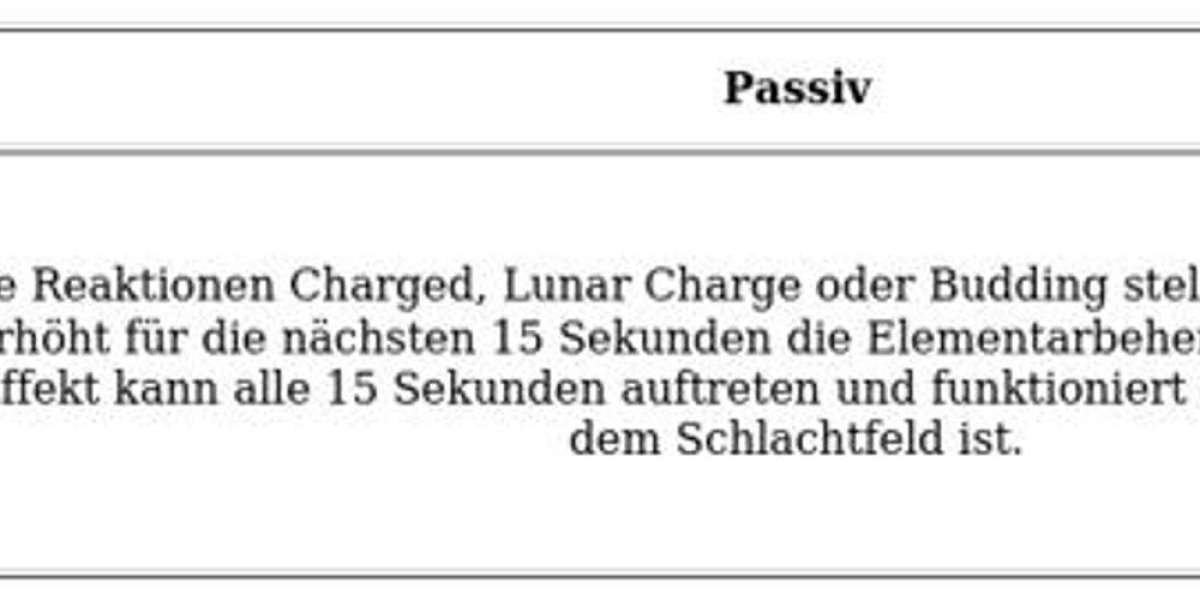In today's digital landscape, an effective SEO strategy is essential for businesses looking to enhance their online visibility and drive organic traffic. One critical component of this strategy is conducting an SEO audit. An SEO audit is a thorough examination of your website's performance in search engine rankings, identifying areas for improvement and optimization. This article will delve into the essential aspects of an SEO audit, its importance, and how to conduct one effectively.
What is an SEO Audit?
An SEO audit is a comprehensive analysis of a website's adherence to best practices for search engine optimization. It assesses various elements such as technical SEO, on-page SEO, off-page SEO, and user experience. The primary goal of an SEO audit is to identify weaknesses and strengths in your website's performance, providing actionable insights to enhance its visibility on search engines like Google.

Why is an SEO Audit Important?
- Identify Technical Issues: A detailed audit can uncover technical issues such as broken links, slow loading times, and mobile responsiveness problems, which can negatively impact user experience and search engine rankings.
- Improve On-Page SEO: An audit helps evaluate your on-page elements, including title tags, meta descriptions, headers, and content quality. Optimizing these factors can lead to better search visibility.
- Enhance Off-Page SEO: By analyzing your backlink profile, an SEO audit can highlight opportunities for acquiring high-quality backlinks, which are crucial for improving domain authority.
- Stay Updated with Algorithm Changes: Search engines frequently update their algorithms. Regular audits ensure that your website aligns with the latest SEO best practices.
- Boost Conversion Rates: By improving site performance and user experience, an SEO audit can lead to higher conversion rates, ultimately increasing revenue.
Key Components of an SEO Audit
1. Technical SEO Analysis
Technical SEO is the foundation of a well-optimized website. During this phase of the audit, you should evaluate:
- Site Speed: Use tools like Google PageSpeed Insights to measure loading times. A fast-loading site improves user experience and reduces bounce rates.
- Mobile-Friendliness: Ensure your website is responsive and provides a seamless experience across devices. Google's mobile-first indexing makes this crucial.
- XML Sitemap and Robots.txt: Check for the presence and accuracy of your XML sitemap and robots.txt file. These elements help search engines crawl and index your site effectively.
- HTTPS Security: Ensure your site uses HTTPS, as security is a ranking factor for Google.
2. On-Page SEO Assessment
On-page SEO focuses on the content and structure of individual pages. Key areas to assess include:
- Keyword Optimization: Analyze your keyword usage in title tags, headers, and throughout the content. Ensure that you are targeting relevant keywords with appropriate search volume.
- Content Quality: Evaluate the quality and relevance of your content. High-quality, informative content is more likely to rank well and engage users.
- Meta Tags: Review your meta titles and descriptions for uniqueness and relevance. These elements are crucial for click-through rates from search engine results pages (SERPs).
- Internal Linking: Check your internal linking structure to ensure that it enhances navigation and distributes page authority effectively.
3. Off-Page SEO Evaluation
Off-page SEO refers to actions taken outside your website to improve its authority and ranking. During this analysis, consider:
- Backlink Profile: Use tools like Ahrefs or SEMrush to analyze your backlinks. Look for opportunities to disavow toxic links and acquire high-quality ones.
- Social Signals: Assess your social media presence and engagement. While not a direct ranking factor, social signals can influence visibility and traffic.
4. User Experience (UX) Review
User experience plays a significant role in SEO. Consider the following:
- Navigation: Ensure that your website is easy to navigate, with a clear menu structure and logical flow.
- Bounce Rate and BulkSEOMetrics Dwell Time: Analyze metrics using Google Analytics. A high bounce rate may indicate poor user experience or irrelevant content.
- Call-to-Action (CTA): Evaluate the effectiveness of your CTAs. Clear and compelling CTAs can significantly improve conversion rates.
Conducting Your SEO Audit
To conduct an SEO audit, follow these steps:
- Set Clear Goals: Define what you want to achieve with your audit, such as improving rankings or increasing traffic.
- Use SEO Tools: Leverage tools like Google Analytics, SEMrush, and Screaming Frog to gather data and insights.
- Document Findings: Create a report detailing your findings, including identified issues and recommendations for improvement.
- Implement Changes: Prioritize the changes based on their potential impact and ease of implementation.
- Monitor Results: After making changes, track your website's performance over time to assess the impact of your audit.
Conclusion
An SEO audit is an invaluable tool for any website owner or digital marketer aiming to improve their site's performance. By systematically analyzing technical, on-page, and off-page factors, you can identify areas for improvement, enhance user experience, and ultimately boost your site's visibility in search engine results. Regular audits will keep your SEO strategy aligned with best practices, ensuring long-term success in the competitive digital landscape.




